Fall Firefall in Yosemite National Park
The Yosemite Firefall has grown to be one of the most popular natural events in our national parks. In recent years, photographers, content creators, nature lovers, and travel enthusiasts have flocked to Yosemite Valley each February for a chance to witness Horsetail Fall light up like fire on the side of El Capitan. However, most are unaware that on rare occasions this phenomenon can occur in the Autumn months as well. Join me today as I partner with Visit Yosemite | Madera County to take you on an adventure into the heart of Yosemite to witness a Fall Firefall.
**If you’re looking for information on the traditional February Firefall, check out my Complete Firefall Visitors Guide or my 24 Hours in Yosemite during Firefall.**
Fall Firefall seen from the Merced riverbank in Yosemite National Park (November 2022)
Location
As mentioned above, the Firefall phenomenon occurs on Horsetail Fall, which is a seasonal waterfall on the east shoulder of El Capitan. There are multiple locations in the Yosemite Valley that are optimal for viewing this event...just remember, angle is key. Viewing the waterfall from a profile angle will provide a better “fire” effect, allowing you to see the mist extending off the waterfall to light up like flames by the setting sun. 1) The first viewing area I’d recommend is the official Firefall viewing area the NPS sets up each February near the El Capitan Picnic Area along Northside Drive. 2) The second viewing area, which is where we’re heading today, is along the southern banks of the Merced River. This area is closed off in February to protect the banks from overcrowding and collapsing into the river, which is exactly what happened several years ago when hundreds of photographers crowded together to “get the shot”. In Fall this area is open for us to explore, though, since we’ll literally be the only ones out there! 3) The last spot I’d recommend is along the Four Mile Trail, where you can find multiple outcroppings with wonderful views of Horsetail Fall from a higher elevation. If you choose this last option, just make sure to bring a good telephoto lens (at least 200mm).
Firefall seen from Four Mile Trail (February 2021)
Firefall seen from official NPS viewing area near El Capitan Picnic Area (February 2023)
Firefall History
Interestingly, Yosemite’s first popular Firefall originated at Glacier Point – not the current Horsetail Fall location. In the 1870s, the owner of the long gone Glacier Point Mountain House Hotel, James McCauley, set nightly campfires at the edge of Glacier Point. At the end of the evening he would kick the burning embers over the edge of the 3,200 foot cliff, which created a flaming “fire fall” for those in the valley below to view. Obviously that practice was long ago done away with, but in the early 1970s another waterfall of fire was discovered. Adventure photojournalist and wilderness photographer Galen Rowell captured the first recorded photo of the current Horsetail Fall natural Firefall…and photographers and nature enthusiasts have been seeking out this phenomenon ever since.
Waiting for the Fall Firefall sunset along the Merced River (November 2022)
Fall Firefall from November 2022
Firefall Natural Phenomenon
The park visit I’m sharing today happened during the first week in November...however, Yosemite Valley and El Capitan’s Horsetail Fall is most notably known for lighting up every February. The waterfall and granite really does look like a stream of fire when everything lines up.
This rare event happens when the sunset light hits Horsetail Fall at a specific angle, creating vibrant orange and red hues that make it appear like the El Capitan granite is on fire. Firefall can typically only be seen for a couple weeks every February, and even then, there’s no guarantee it will happen. Temperature, precipitation, and sunlight all have to line up just right within a specific 10 to 20 minute timeframe when the angle of the setting sun is just right. These variables are far more common in Winter, but it has been known to rarely appear during late October and early November, which is what we’re trying to capture today.
Fall Firefall/Firewall of a dry Horsetail Fall (November 2022)
Fall Firefall
As an avid Yosemite National Park lover, I’m always keeping my eyes on the weather and other conditions happening inside and around the park (YosemiteThisYear.com is a great resource for that). After a particularly warm and dry Fall, I saw that a significant storm was scheduled to arrive for two days, bringing rain and the first snow of the season...so I headed to the park in hopes of seeing the rarely captured “Fall” Firefall for myself. Thursday, the weather conditions looked perfect, and the recent precipitation got Horsetail Fall flowing again. It was sunny and cold, but at the last minute clouds moved in over the valley and any hope I had of seeing the bright colors faded as El Capitan sank into darkness. Undeterred, I returned Friday. After two sunny days the water unfortunately dried up...but as the sun prepared to set, the skies opened up and that glorious orange glow began to light up the granite wall almost magically. While I can’t call this a true Firefall (more like a “Firewall”) due to the lack of water and mist, it was still a stunning sight I thoroughly treasured.
Firefall seen from Four Mile Trail in Yosemite National Park (February 2021)
Winter vs Fall
If you’re interested in seeing Yosemite’s February Firefall for yourself, I have a full blog post (linked here) with a YouTube video sharing a virtual visit. If you’re up for a Winter adventure, you can plan a Firefall trip by first checking the Yosemite NPS website for up-to-date specifics about visiting, including potential reservations required to enter the park. In February, access to certain areas in the valley are restricted for Firefall viewing (as well as parking spots) to help manage crowds and protect Yosemite Valley’s fragile ecosystem. The ability to visit areas that are off-limits during the busy Firefall season is just one of the many reasons searching for Firefall in the off-season can be special. As mentioned previously, we were able to venture down to the banks of the Merced River to witness this event from an area visitors haven’t been able to witness the Winter Firefall from for several years. Observing this natural phenomenon with the Merced’s glassy reflections in the foreground was such a treat.
El Capitan and the Merced River in Autumn
Know Before You Go
• The Travel Alerts page on YosemiteThisYear.com is a great resource to reference prior to any Yosemite trip. There you’ll find up-to-date park information, road conditions, and links to everything you might need while preparing for your trip.
• Please watch for and respect all posted signs as you explore, remembering to take only pictures and leaving only footprints. Pack out everything you pack in and stay on the designated paths. If you’re not familiar with the Leave No Trace Principles, consider familiarizing yourself with them before your trip.
• If you hope to see a Firefall in the off-season (October-November), make sure to keep a close eye on weather conditions (precipitation, winds, sunlight) and remember Yosemite Valley has its own little microclimate. There’s never a guarantee that this natural phenomenon will occur — even with ideal conditions, I’ve been skunked here my fair share of times.
• Every year specific guidelines are put into place for the Winter Firefall season to help protect the public as well as the beautiful Yosemite environment. Please visit the Yosemite NPS website before your trip to make sure you have all the proper up-to-date information.
• Some February Firefall seasons in the past have required pre-purchased Yosemite National Park entrance reservations at Recreation.gov (or in-park lodging/Yart travel), as well as following strict guidelines for parking/walking/viewing.
• If visiting in February, consider grabbing a parking spot early as the valley is known to fill up with cars quickly during Firefall (especially on the weekends).
• Whether in Fall or Winter, plan ahead wisely. Bring layers to help stay warm, snacks, and extra water, as well as a headlamp or high powered flashlight for walking back to you vehicle in the dark. I also recommend bringing a compact comfy chair (like this one) for relaxing all afternoon.
• Specifically for photographers – make sure to bring a good tripod (like this one) and a good zoom lens (200 mm at least) if you’re shooting from across the valley.
El Capitan and the Merced River an hour before Firefall (November 2022)
In Summary
Thanks so much for joining me this week in Yosemite National Park. For a virtual visit of my Fall Firefall experience, make sure to watch my Behind the Blog video at the top of this post, or watch it on YouTube here.
I’d like to give a special thank you to the sponsor of this post, Visit Yosemite | Madera County. Please consider stopping off to support the small businesses and local economies of the gateway communities surrounding the park. For great information on what to do inside Yosemite National Park and in Madera County directly to the south (along Highway 41), check out YosemiteThisYear.com and @yosemitemadera on Instagram. Until next time, I hope you find adventure and encouragement wherever you go.
El Capitan reflecting in the Merced River on a Fall evening
Yosemite Products from Our Etsy Shop
If you enjoyed this post, you might also like…
About Me
I’m Dawn Marie, a travel and lifestyle blogger based out of Southern California. With in-depth articles, travel guides, and reviews on hotels & products, I seek to share my journeys to help you plan for your own. My adventures take me all over California, the western United States, and around the globe...and every Monday I post new content here, including a comprehensive blog post and YouTube video.
Search the Blog
Featured Posts
Etsy Shop












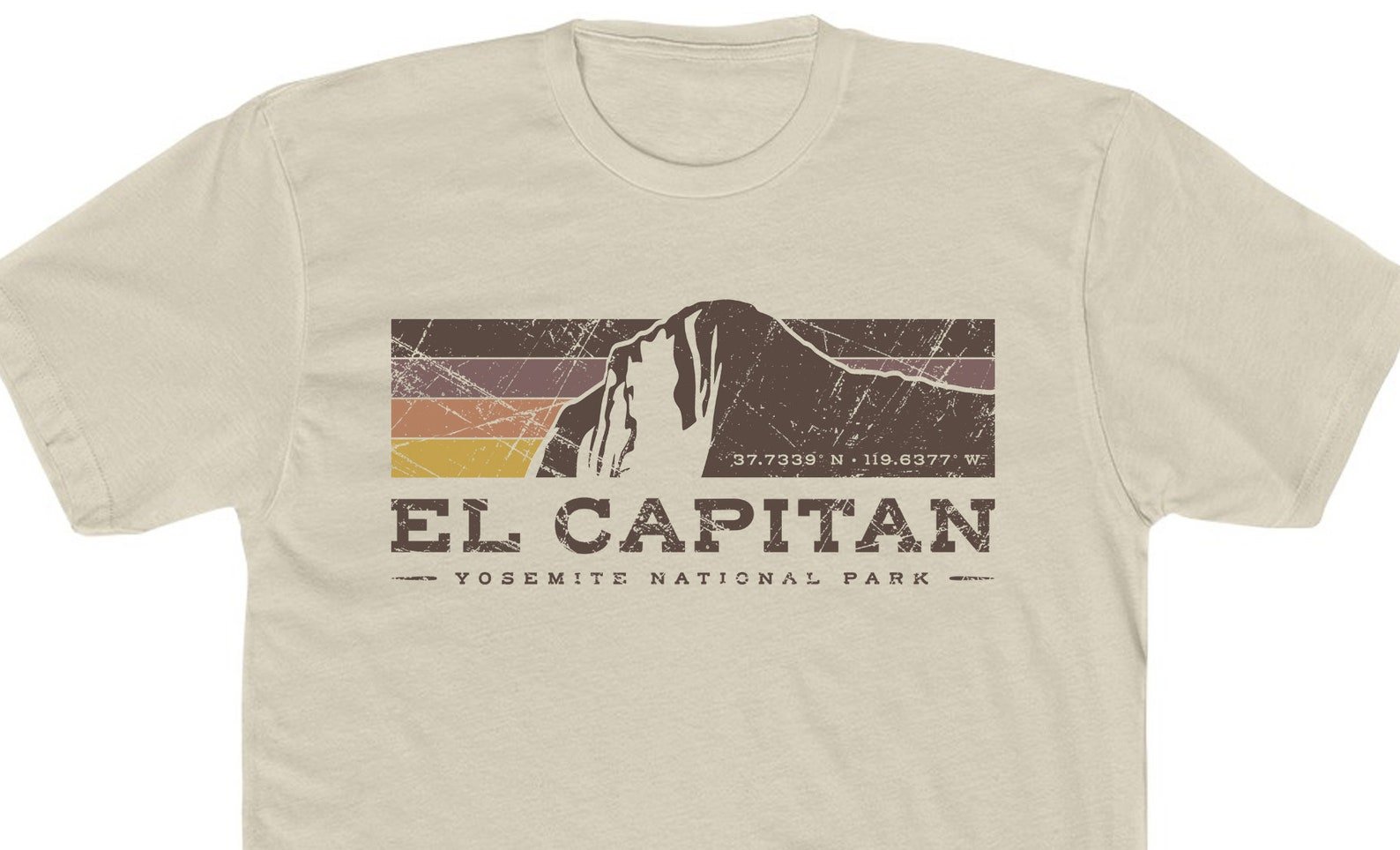

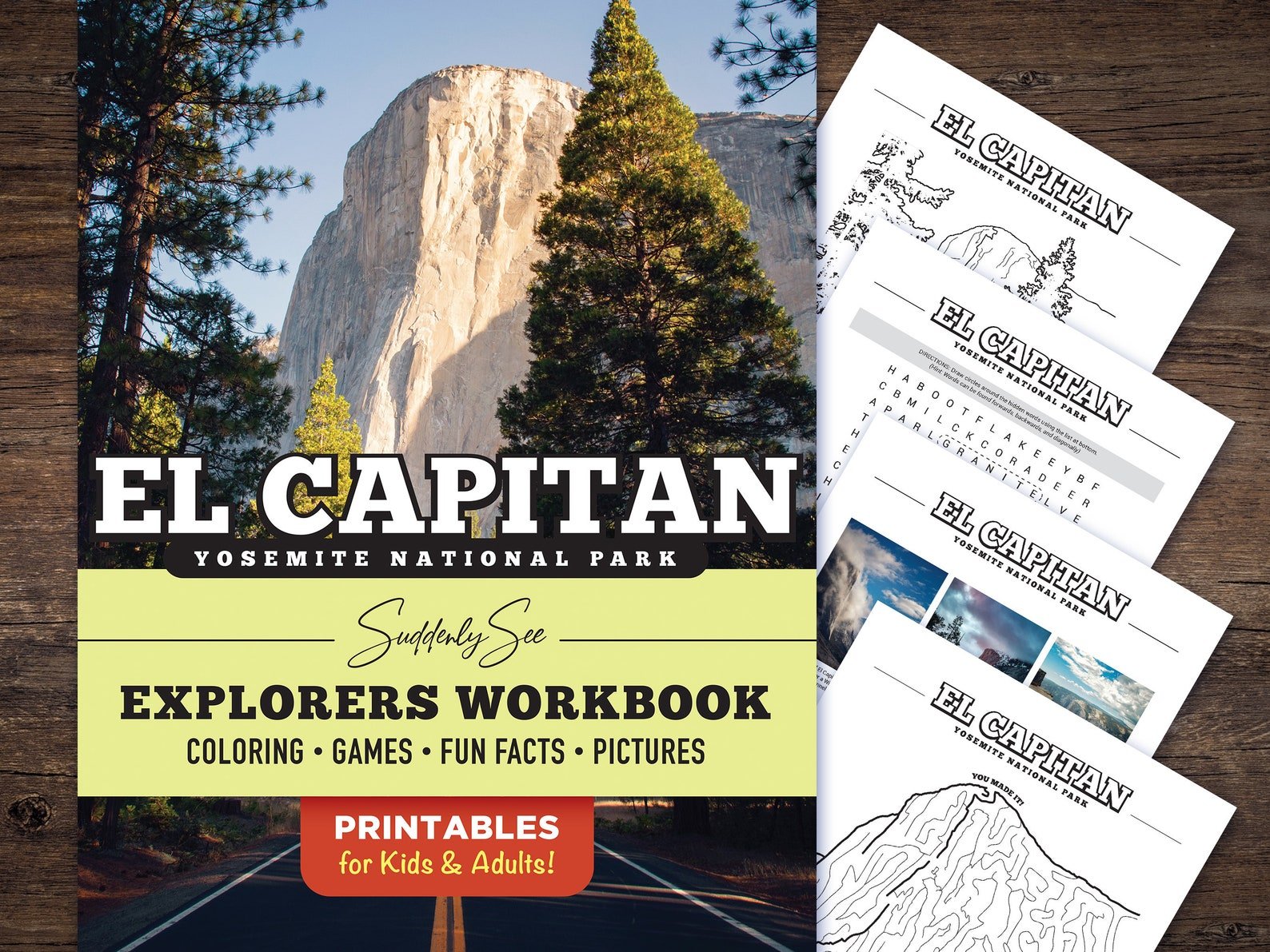
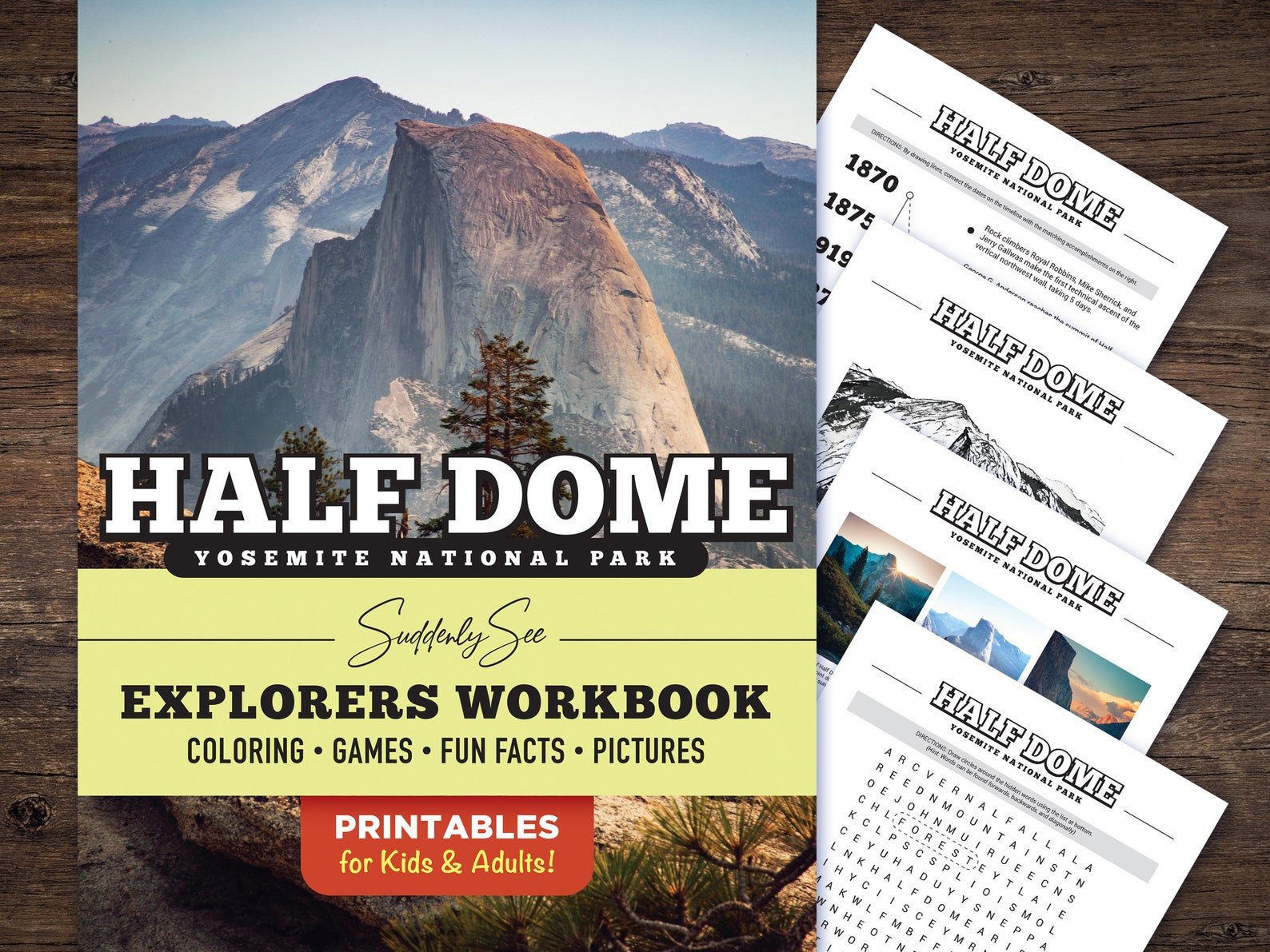

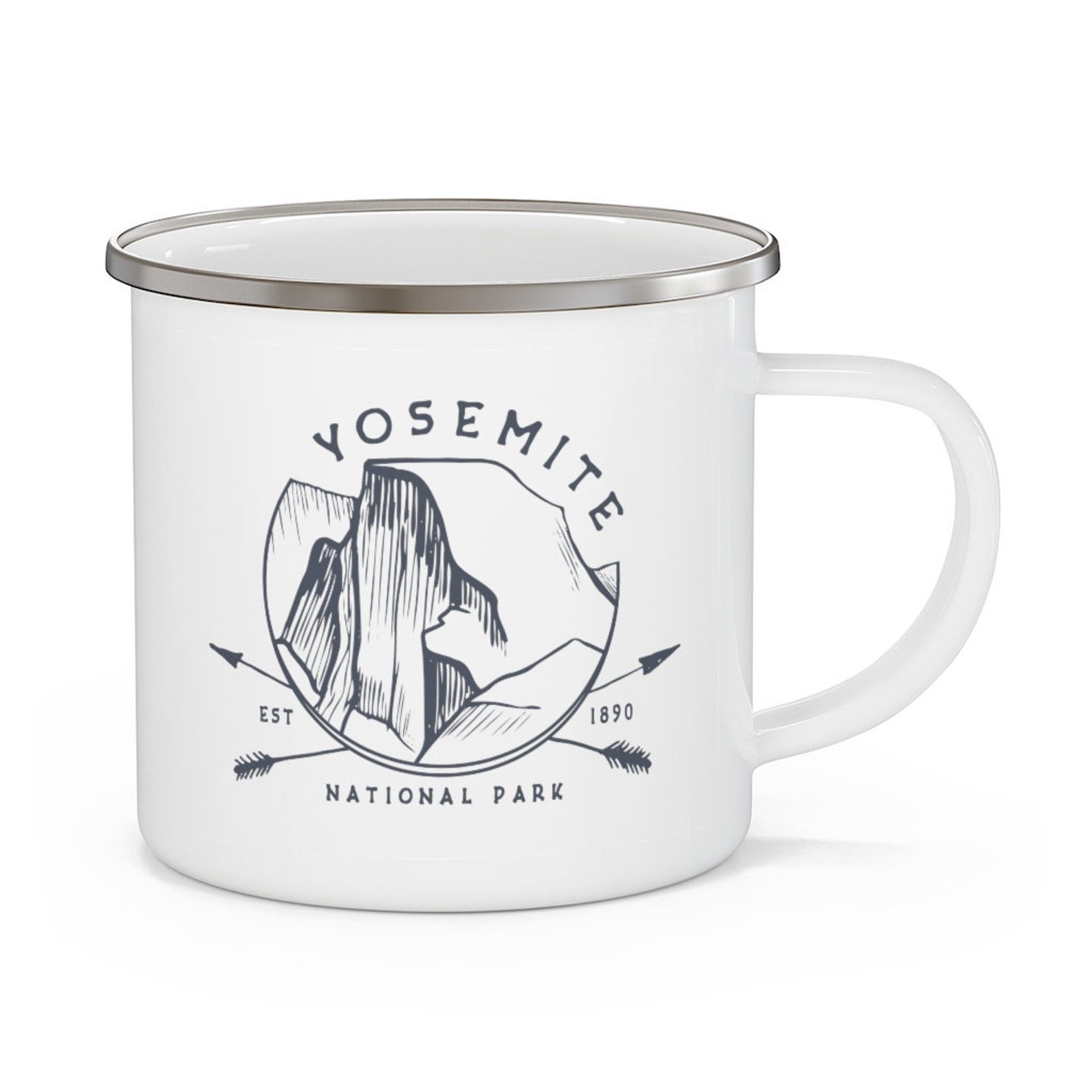
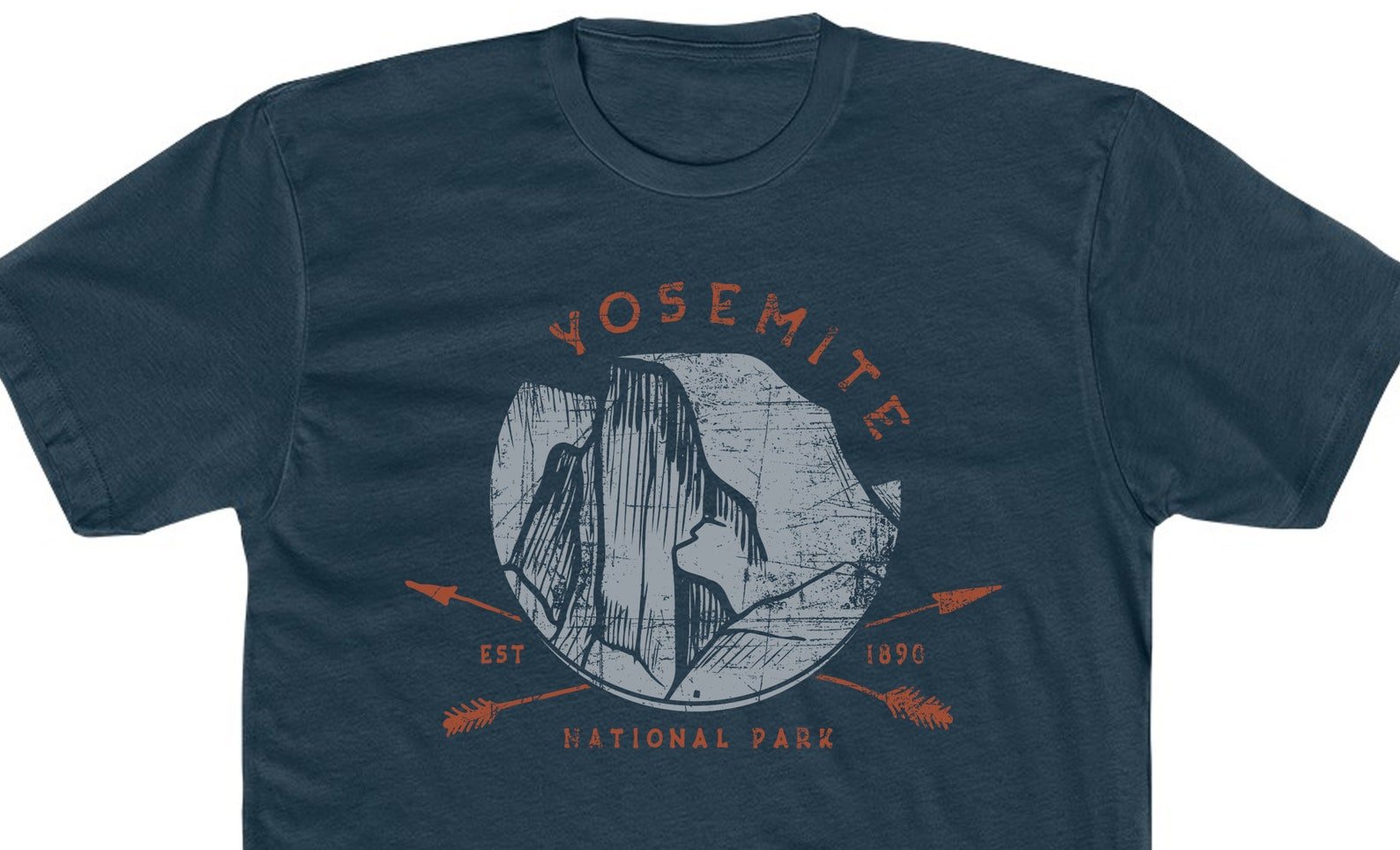
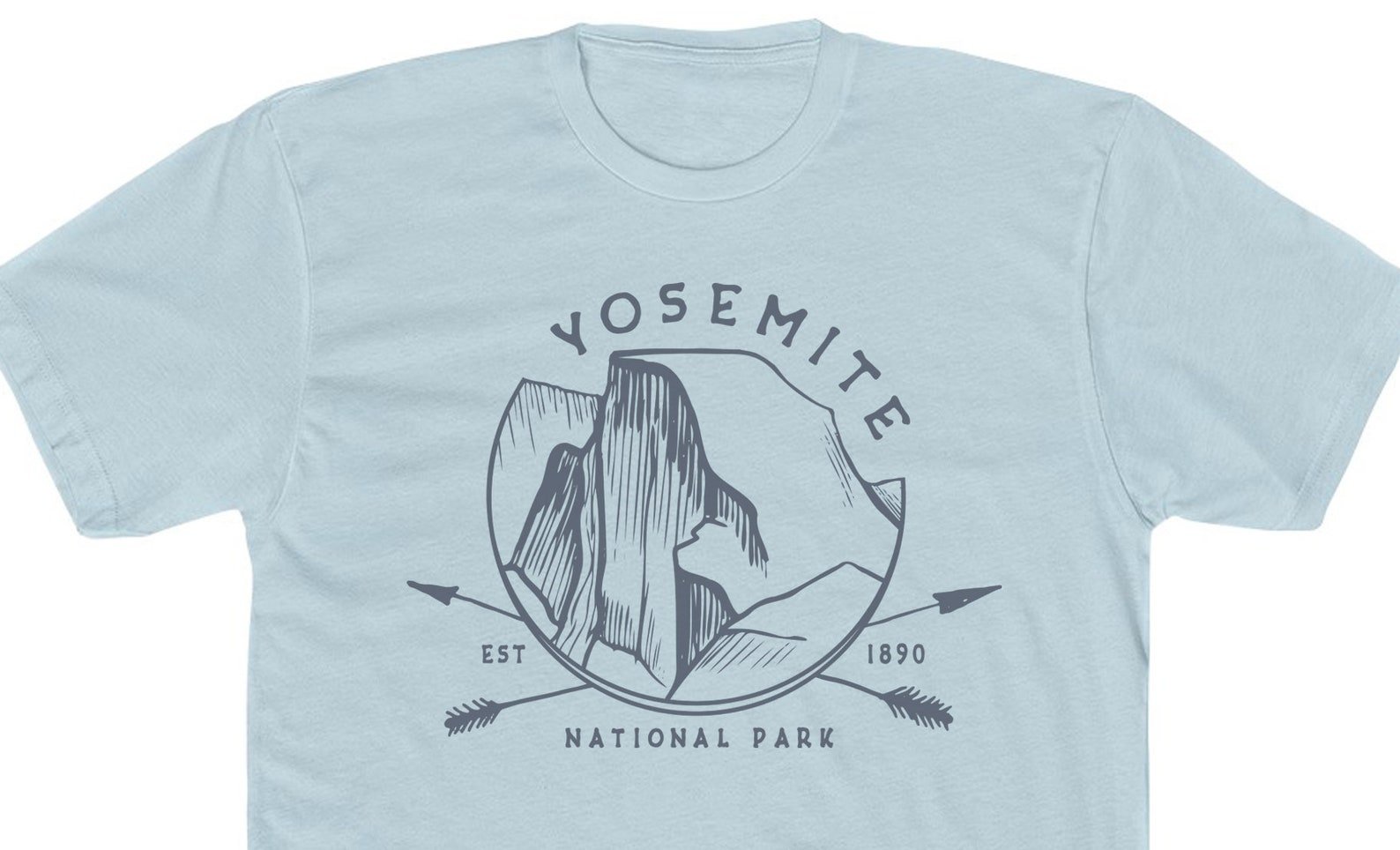




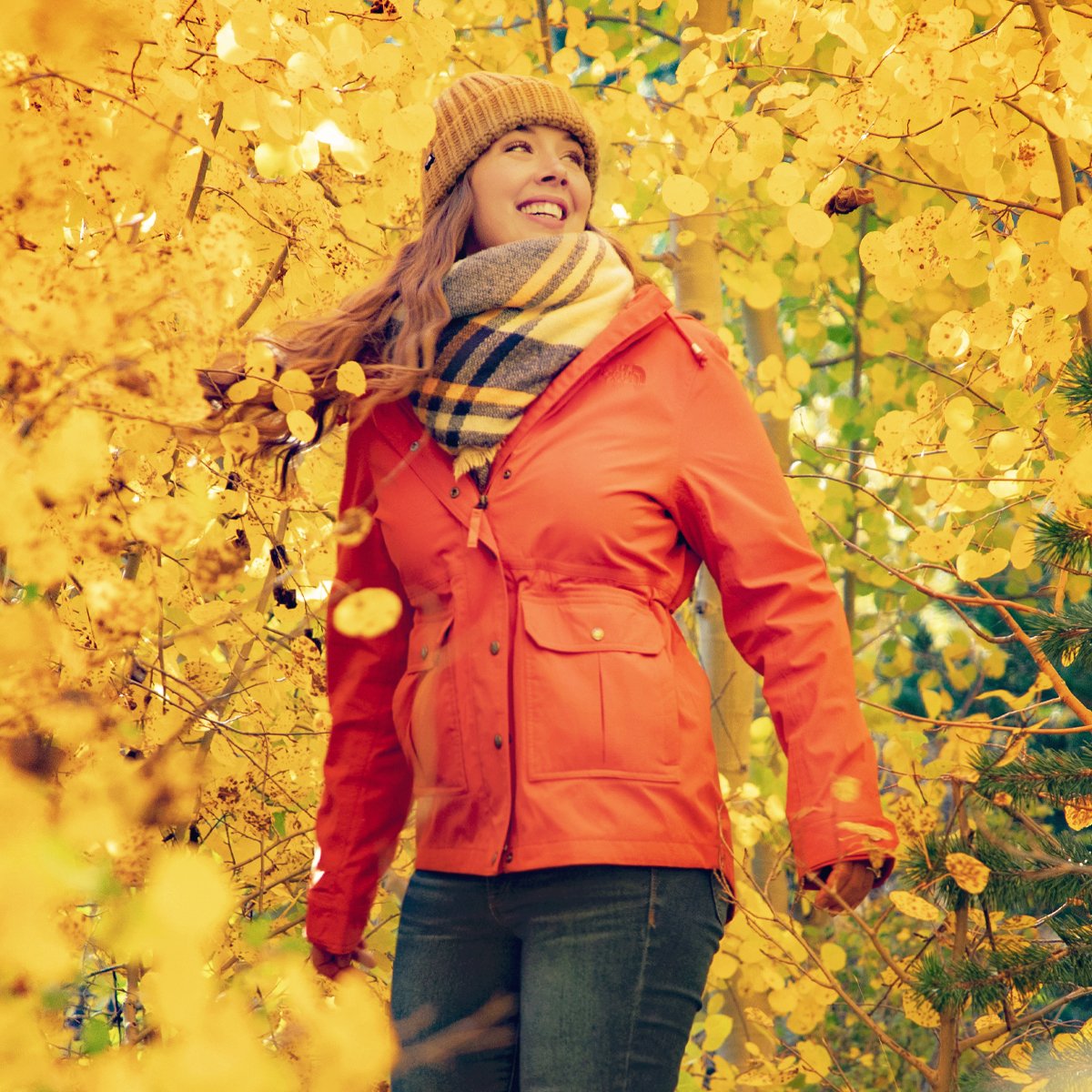
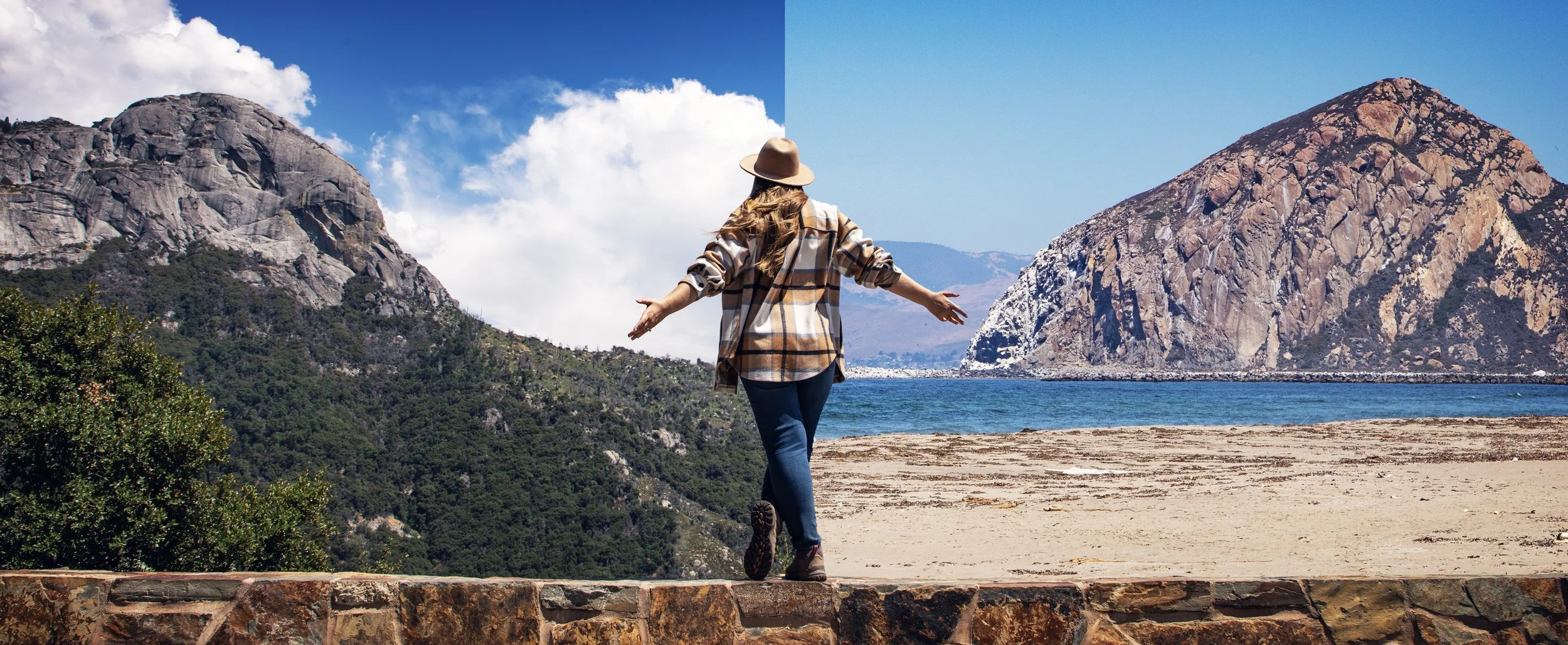




Planning a trip to Yosemite, Sequoia, or Kings Canyon in 2026? This guide breaks down how the new National Park entrance fees and nonresident surcharges impact your visit, plus what U.S. travelers need to know about annual passes, digital passes, fee-free days, and park access. Learn how these updates affect gateway communities like Oakhurst and Visalia and how to support them during your trip.